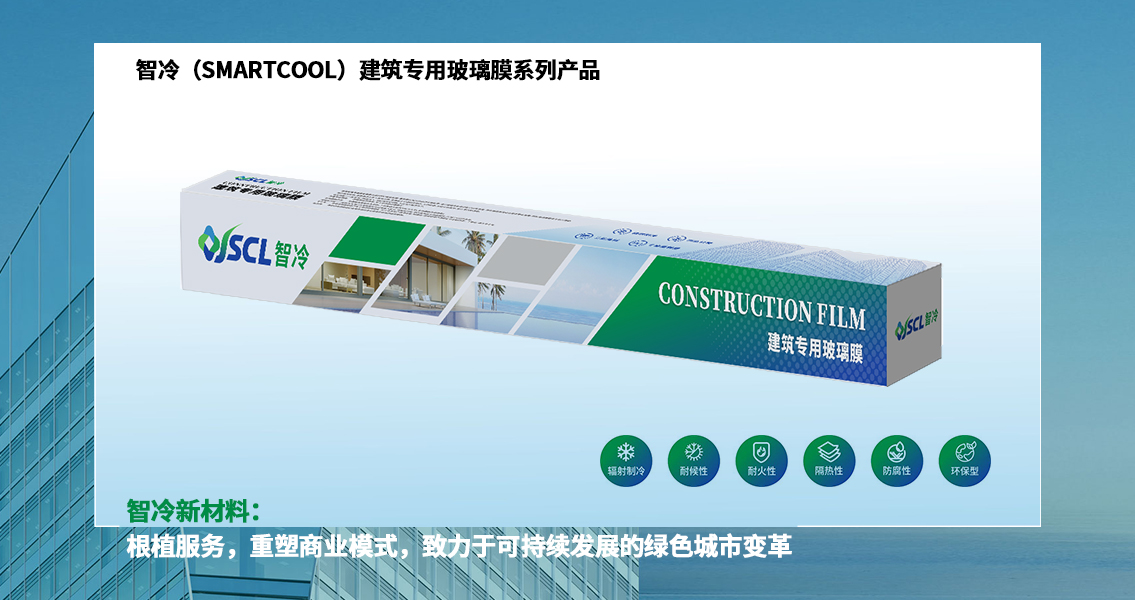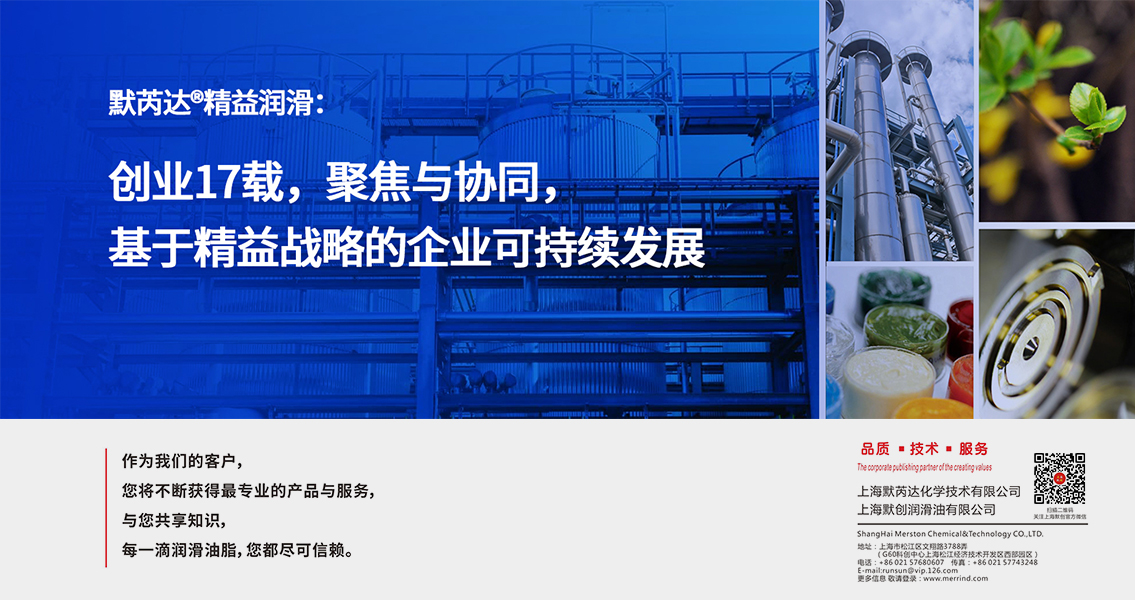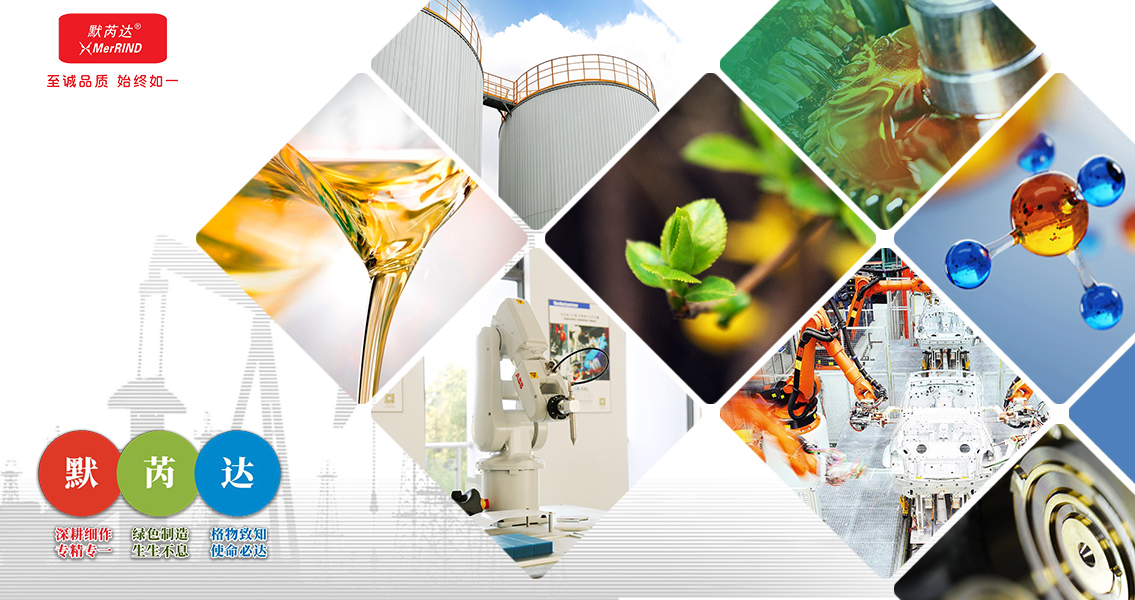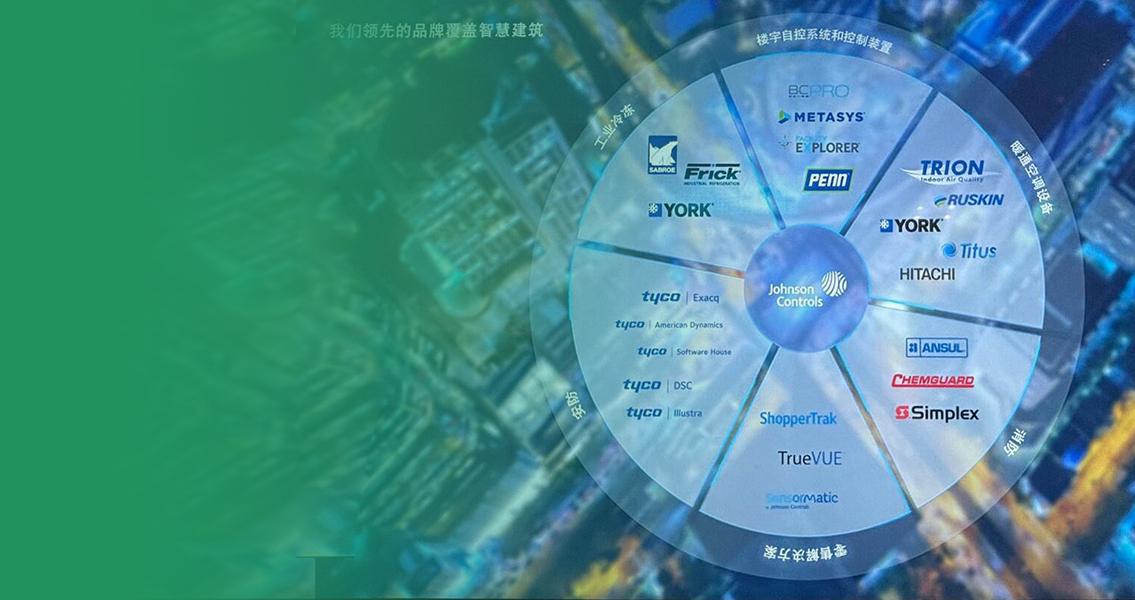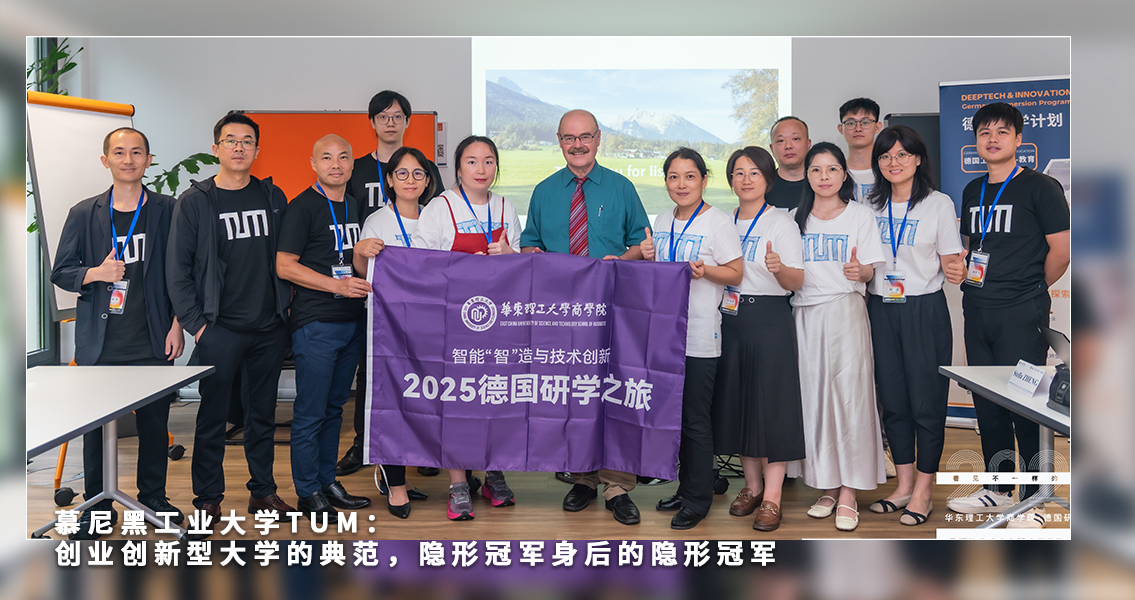2023-10-10
The global lubricant additives industry has gradually developed to a relatively mature stage, with a large market size and basically stable growth. According to the statistics of global consulting and research company Kline & Co and Shanghai Lubricant Industry Association, from 2012 to 2019, the global demand for lubricant additives increased from 4 million tons to 4.65 million tons, and the market size increased from 13.3 billion dollars to 15.1 billion dollars. The annual demand for lubricant additives is expected to enter a new growth cycle. By 2023, the global demand for lubricant additives will increase to 5.43 million tons, and the market size is about 18.5 billion dollars, or 130 billion yuan.
Thanks to the continuous growth of China's motor vehicle fleet, China's demand for lubricant additives has steadily increased.China's demand for lubricant additives increased from 750,000 tons in 2013 to 959,000 tons in 2019, with a compound annual growth rate of 4.2%. With the continuous growth of China's motor vehicle market and the acceleration of industrialization, it is expected that the demand for domestic lubricant additives market will continue to maintain a high growth rate.According to the prediction of Shanghai Lubricant Industry Association, by 2023, China's demand for lubricant additives is expected to grow to 1.12 million tons.
On the other hand, in the field of new energy vehicles, the demand for lubricants of hybrid vehicles is similar to that of traditional vehicles, while the transmission, connectors, shock absorbers and other parts of pure electric vehicles have demand for lubricants. According to the data of China Association of Automobile Manufacturers, the domestic output of new energy vehicles increased from 455,000 units in 2016 to 3.677 million units in 2021, with a significant increase. New energy vehicles include hybrid and pure electric models, among which hybrid vehicles still retain the engine and retain the demand for lubricant additives; although there is no demand for engine lubricants, pure electric vehicles can still generate the demand for lubricant additives in other parts except the engine. It can be seen that the market demand prospects for new energy vehicles are also relatively bright.
The global lubricant additive market is highly concentrated, and the four major lubricant additive companies occupy about 85% of the global market. In the international market, in the late 1990s, the sharp mergers and acquisitions between lubricant additive companies gradually concentrated the industry, and about 85% of the global additive market share is controlled by four internationally renowned lubricant additive companies Lubrizol, Infineum, Chevron Oronite and Afton. The four major lubricant additives companies mainly sell compounds, and the single agent they produce is generally self-use. At the same time, they purchase the single agent products that they do not produce or have insufficient capacity from external single agent manufacturers.

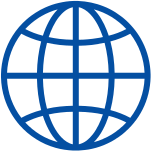 LANGUAGE
LANGUAGE
